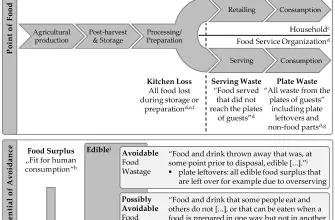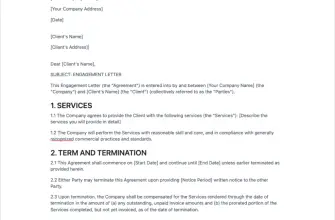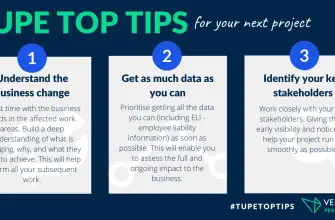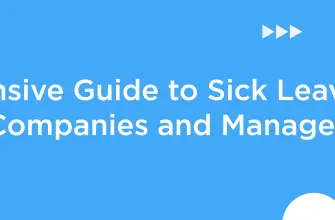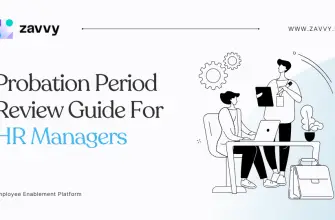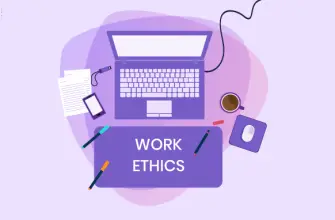The L1 visa is a non-immigrant visa that allows international companies to transfer certain classes of employee from its foreign operations to its operations in the United States. It also allows foreign companies that do not yet have an affiliated U.S. office to send an executive or manager to the United States with the purpose of establishing one. This article will provide a comprehensive guide to the L1 visa, including its requirements, process, and eligibility in the USA.
What is an L1 Visa?
The L1 visa, also known as the intra-company transferee visa, is a type of non-immigrant visa that allows international companies to transfer certain classes of employee from its foreign operations to its operations in the United States. There are two types of L1 visas: L1A and L1B.
L1A Visa
The L1A visa is designed for executives and managers. The l1a visa requirements include having worked for the foreign company for at least one continuous year within the three years immediately preceding admission to the United States. The executive or manager must be coming to the United States to provide service in an executive or managerial capacity for the same employer or one of its qualifying organizations.
L1B Visa
The L1B visa is for employees with specialized knowledge. The l1 b visa requirements are similar to the L1A visa, but the employee must possess specialized knowledge of the company’s products, services, research, equipment, techniques, management, or other interests and its application in international markets, or an advanced level of knowledge or expertise in the organization’s processes and procedures.
L1 Visa Process
To apply for an L1 visa, the employer must file a petition with the United States Citizenship and Immigration Services (USCIS). The petition must include evidence to show that the proposed employment meets L1 visa requirements. Once the petition is approved, the employee can apply for the L1 visa at a U.S. embassy or consulate.
L1 Blanket Visa
Large multinational companies often use the L1 blanket visa program to transfer many employees to the U.S. quickly and on short notice. The blanket l1 visa allows employers to pre-qualify for L1 visas and bypass the individual petition process. However, the company must meet certain criteria, such as having a U.S. office that has been doing business for one year or more and having three or more domestic and foreign branches.
L1 Visa Eligibility
To be eligible for an L1 visa, the employee must have worked for the foreign company for at least one continuous year within the three years immediately preceding admission to the United States. This is known as the l1 visa 1 year requirement. The employee must also be coming to the U.S. to provide service in an executive, managerial, or specialized knowledge capacity.
L1 Dependent Visa Work Permit
Spouses and unmarried children under 21 of L1 visa holders can enter and stay in the U.S. on an L2 visa. The l1 dependent visa work permit allows spouses to apply for employment authorization and work in the U.S. This is often referred to as the l1 spouse visa or l1 spouse work permit. However, children are not eligible to work but can attend school or college.
L1 Visa Documentation Requirements
The l1 visa documentation requirements include a completed Form I-129, Petition for a Nonimmigrant Worker, and evidence to show that the proposed employment meets L1 visa requirements. The employer must also pay the required fees.
L1 Visa to Green Card
One of the benefits of the L1 visa is that it is a dual intent visa, which means that L1 visa holders can apply for a green card and become permanent residents of the U.S. without jeopardizing their L1 visa status or their visa applications from a U.S. consulate abroad.
L1 Visa Maximum Stay
The maximum initial stay for L1A visa holders is three years. For all others, the maximum initial stay is one year. Extensions can be granted in increments of up to an additional two years, with a maximum limit of seven years for L1A visa holders and five years for L1B visa holders.
Conclusion
The L1 visa offers a valuable opportunity for international companies to transfer their executives, managers, and specialized knowledge employees to their U.S. operations. However, the process can be complex and requires careful attention to the l1 visa requirements and documentation. It is always recommended to seek legal advice when applying for an L1 visa.



